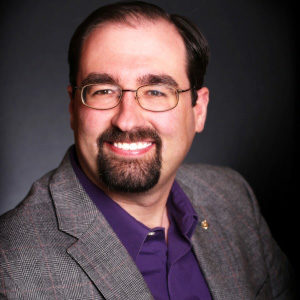Of course, we want our volunteers to participate with our associations year round… or do we? The answer is yes, we do, but we also don’t want to sacrifice a positive volunteer experience just for the sake of trying to have something for volunteers to do all year long. So the first question is whether year-round volunteer engagement involves the same activity for an entire year? Or, to keep volunteers active for the whole year, will there need to be different activities starting up throughout the year?
Does the volunteer activity require a full year of engagement?
While it’s efficient to onboard all the volunteers simultaneously, if it only takes six months for volunteers to plan an event, don’t try to stretch that into a longer commitment. Let the volunteers complete their tasks and move on to something new.
Can we onboard volunteers throughout the year?
Organizations with robust volunteer programs are constantly recruiting, onboarding, training, and managing new volunteers but not all Associations have the capacity to do that. Don’t let the desire for year-round engagement rob your volunteers of a proper onboarding process. A lot of onboarding and training can be done year-round on demand, but if you bring everyone together for orientation, will it be detrimental for mid-year volunteers to miss out on that?
Each association will have to determine how often it can onboard volunteers without sacrificing the quality of its process.
Can micro-volunteerism provide year-round opportunities?
Absolutely they can. Because all onboarding & training doesn’t have to be identical, it can be customized for the task. So with shorter tasks, we can tailor a quicker process allowing volunteers to jump in year-round. However, we still need to ensure the effort required for those activities is worth the result.
Read Micro-Volunteerism: Worthwhile or a Waste of Time? for more information on looking at the ROI of micro-volunteerism.
How do we keep the Volunteers engaged on long-term projects?
Keeping volunteers engaged in short or micro opportunities seems easier because there is always something new for them, and the organization is always running them through the volunteer cycle. However, it’s trickier to maintain engagement with volunteers doing a long-term project. This is probably why many people have negativity about volunteering on an annual committee, and there is cynicism about committees accomplishing anything. So how can we overcome that?
- Meaningful Volunteer Charges
If the volunteer is going to be asked to commit to a whole year or more of participating, then we need to make sure they understand what their efforts will achieve. Highlight not only what they will accomplish but also how those results will contribute to the organization’s overall success. - Set Clear Goals with Milestones
A year is a long time. So if you want your committee to stay engaged, they need monthly or quarterly goals to keep them motivated. Otherwise, everything will either get done at the last second or it won’t get done at all. - Communicate, Communicate, Communicate
If you want them engaged year-round, then you’re going to have to engage with them year-round, also. So while volunteers will need to be reminded of upcoming deadlines, to keep them engaged, they also need to feel like they are in the loop with what is happening within the association and hear about how what they are doing fits into the big picture.
The first goal should be to offer a positive volunteer experience and then, after that, to increase volunteer engagement with the objective of advancing the organization’s mission. While it may take some time to build up the capacity necessary for a quality volunteer process that is continuous all year long, the benefits of having volunteers engaged and contributing throughout the year make it a worthwhile goal to pursue.

Brian Lewis, CAE, CVA
Brian has been a member of the RGI team since 2011, implementing his membership development, data management and strategic planning expertise to allow his associations to thrive. He is experienced in mortgage brokers, noise control engineers, information systems, environmental consultants, commercial real estate and more. He serves as Membership Chair for the Indiana Society of Association Executives (ISAE), is a Certified Association Executive (CAE) and is very active in the Masonic Fraternity.

